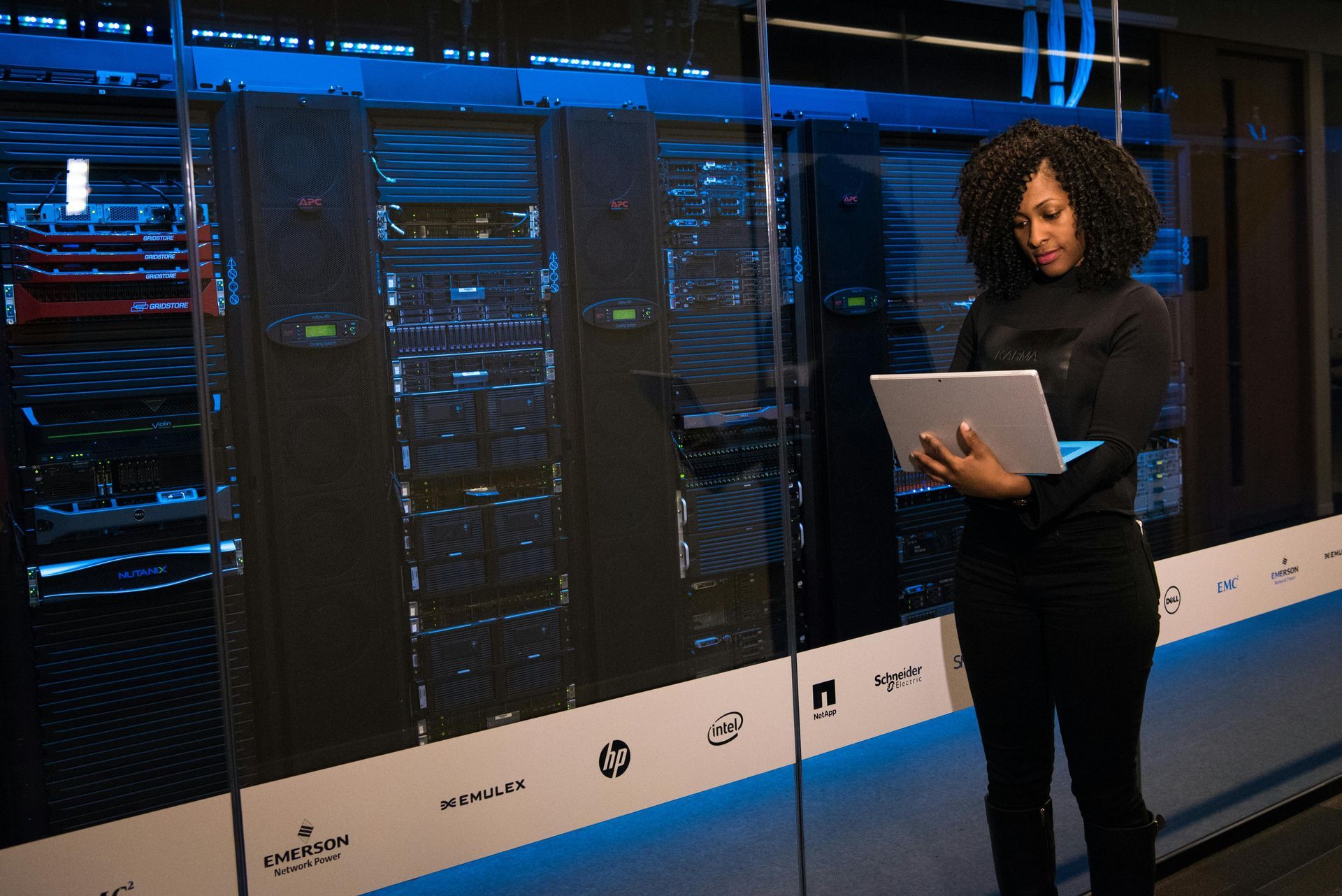What is PUE and DCIE?

What is PUE?
Power Usage Efficiency (PUE) is a metric used to calculate a data centre's energy efficiency. Data centres require a lot of energy to run, so ensuring your data centre's PUE score is low is crucial. The Green Grid created PUE in 2007, which has since become a global standard for measuring energy efficiency for data centres.
What is DCIE?
DCiE (Data Centre Infrastructure Efficiency) is the reciprocal of PUE, but expressed as a percentage rather than a ratio. The formula for DCIE is 1/PUE X 100. The higher the DCIE the more efficient the data centre. E.g. A PUE of 1.2 would mean a DCIE of 83% which is very efficient.
How to calculate PUE
PUE is calculated by dividing the total amount of power entering the power system by the power used to run the I.T. equipment in the data system.
Total power entering / Power used to run I.T. equipment = PUE
For example, if a data system uses 50,000kwh of total power and 40,000kwh is used by the I.T. equipment, then the PUE would be 1.25. The remaining 10,000kwh will be used on other non-I.T. equipment, such as cooling systems.
Or simply use our
PUE/DCIE calculator.
What is classed as a 'good' PUE score?
The closer to 1, the more energy efficient the data centre is. The Average data centre's PUE is around 1.58. If your PUE score is higher than this then you should make efforts to decrease it. Data centres built after 2027 must achieve a PUE score of 1.3 or under. If you need help reducing your PUE score then please contact us and our energy experts will advise you on how this can be done.
How to reduce PUE / DCIE
Reducing a data centre can be difficult. However, reducing your PUE score can reduce costs and improve the company's carbon footprint. You can reduce your PUE score by:
- Improving cooling systems—Data centres require cooling systems to prevent overheating. However, refrigerant-based cooling systems use a large amount of energy. Improving cooling systems or reducing your reliance on them can help decrease PUE.
- Virtualise Servers - Having virtualised servers means they can run their own workloads, which saves space and reduces energy consumption.
- Replace inefficient equipment - The quality of I.T. equipment deteriorates over time. Checking for inefficient equipment and replacing it with more energy-efficient equipment can help decrease your PUE.
- Use an energy-efficient UPS (Uninterruptible Power Supply) - Using a UPS will reduce the power supply's run time, decreasing PUE scores.
✅ Advantages of PUE / DCIE
- Allows for repeat calculations - You can calculate the data centre's PUE / DCIE before and after making changes to your energy consumption and see how the changes affect your PUE / DCIE scores.
- PUE can pair up with DCIM software - DCIM software can automatically calculate your PUE / DCIE scores in real-time and then transfer this data into reports for you to analyse.
- Using PUE for marketing - By having a good PUE score you can look more desirable to customers. Tackling climate change and keeping your carbon footprint low has become a priority for many businesses.
❌ Disadvantages of PUE / DCIE
- Calculating the accurate total amount of power - The total power running through the data centre significantly affects your PUE. Therefore, if your total power measurements are even slightly off, this can affect your PUE score and give inaccurate results.
- PUE does not include consumption at the rack level - Since PUE cannot measure the data centre's usage at the rack level, the overall PUE score will be slightly inaccurate without this usage.
- Not always effective for marketing - PUE does not account for idle software, or take the efficiency of how the IT equipment is used into account.
If you have any queries about PUE or would like help lowering your energy costs, contact us on 0161 521 3400 or email us at Info@purelyenergy.co.uk. Alternatively, get aquick quote.
This Article was written by Megan Glover of Purely Energy. If there are any suggestions or questions - Please get in touch with us.


